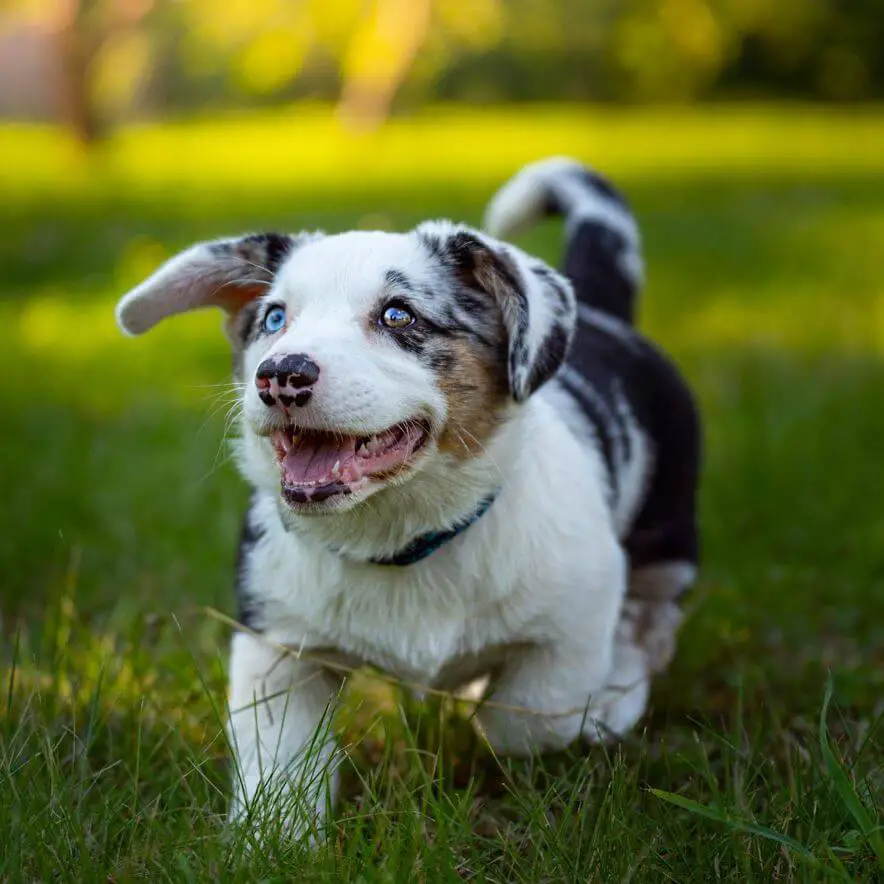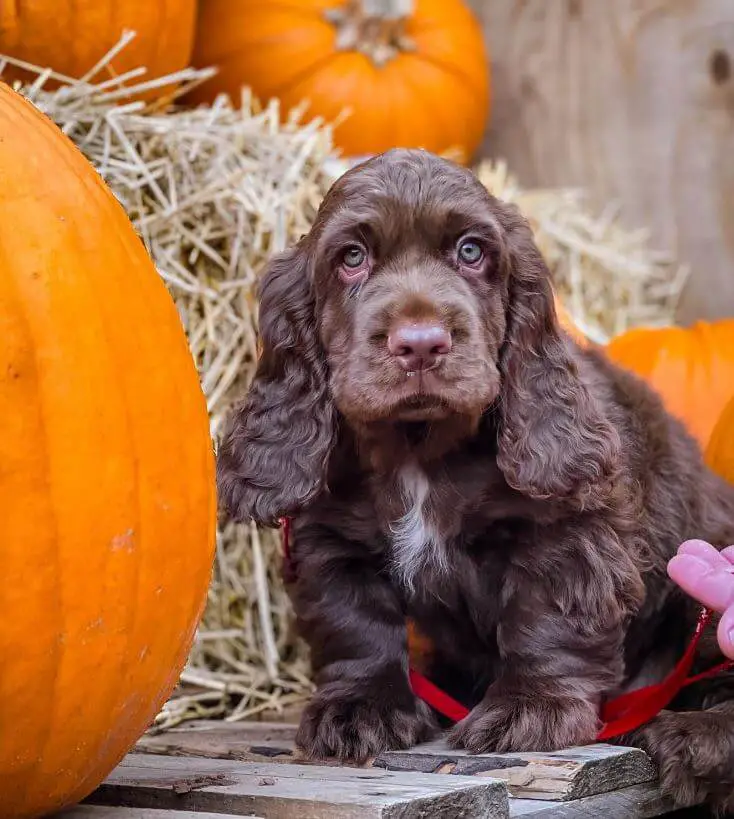Potty training is an essential milestone in your puppy’s development. Teaching them to use the designated potty area helps create a clean and hygienic living environment for both you and your furry companion. In this comprehensive guide, we will provide you with effective strategies and tips to successfully potty train your puppy.

#1 – Start Early:
Begin potty training as soon as you bring your puppy home. The earlier you start, the easier it will be to establish good habits.
#2 – Establish a Routine:
Create a consistent schedule for feeding, playtime, and bathroom breaks. Puppies thrive on routine and will learn to anticipate potty breaks at specific times.
#3 – Choose a Designated Potty Area:
Select a specific spot in your yard or designated indoor area for your puppy to use as their bathroom. Consistency is key in reinforcing the desired behavior.
#4 – Use Positive Reinforcement:
Reward your puppy with praise, treats, or playtime immediately after they eliminate in the designated area. Positive reinforcement strengthens the association between the behavior and the reward.
#5 – Supervise and Limit Access:
Keep a close eye on your puppy and limit their access to other areas of the house until they are fully potty trained. This helps prevent accidents and allows you to redirect them to the designated area when needed.

#6 – Watch for Signs:
Learn to recognize signs that your puppy needs to eliminate, such as sniffing, circling, or whining. When you notice these signs, take them to the designated potty area immediately.
#7 – Consistent Verbal Cues:
Use a consistent verbal cue, such as “go potty” or “do your business,” while your puppy is eliminating. Eventually, they will associate the cue with the action.
#8 – Manage Accidents:
Accidents are a normal part of the potty training process. When accidents happen, avoid punishment or scolding. Instead, clean up the mess calmly and thoroughly to remove any lingering odor that may attract your puppy back to the same spot.
#9 – Crate Training:
Crate training can be a valuable tool for potty training. Dogs naturally avoid soiling their sleeping area, so using a properly sized crate can help teach them to hold their bladder and bowels until they are taken to the designated potty area.
#10 – Be Patient and Persistent:
Potty training takes time and consistency. Be patient with your puppy and remain persistent in following the established routine and training methods.
#11 – Seek Professional Help if Needed:
If you’re facing challenges or your puppy is not progressing as expected, don’t hesitate to seek guidance from a professional dog trainer or veterinarian. They can provide personalized advice and address any specific issues you may be facing.

Potty training your puppy is a rewarding and essential part of their development. With a consistent routine, positive reinforcement, and patience, you can successfully teach your puppy to use the designated potty area. Remember to establish a routine, supervise your puppy, and use positive reinforcement to encourage the desired behavior. With time and consistency, your puppy will become potty trained, creating a clean and harmonious living environment for both of you.
